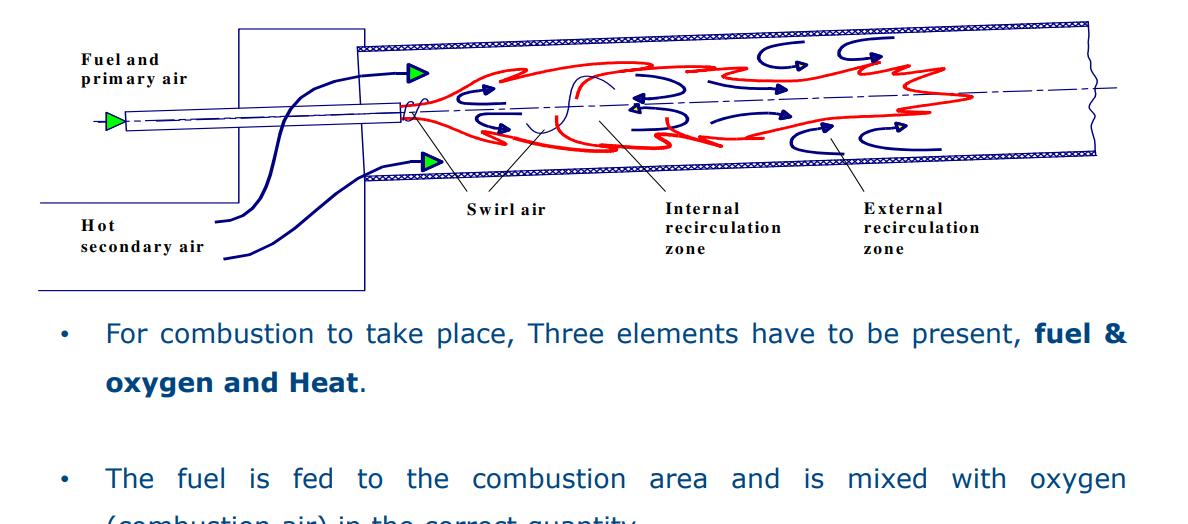Contents
10 Most Effective Energy-Saving Techniques in the Cement Industry

TO Download this post and all the books and excel sheets and my personal notes and presentations I collected about cement industry in the last 30 years click the below paypal link
The cement industry is one of the most energy-intensive sectors globally. Implementing energy-saving techniques can significantly reduce operational costs and carbon emissions. Here are the top 10 techniques widely adopted for energy conservation in the cement industry:
1. High-Efficiency Separators for Raw and Cement Mills
Using high-efficiency separators in grinding processes helps reduce overgrinding, optimizing particle size distribution and improving overall grinding efficiency. This reduces energy consumption in both raw and finished cement production.
Reference: Energy Efficiency Improvement and Cost Saving Opportunities for Cement Making
https://www.energystar.gov/sites/default/files/tools/ENERGY_STAR_Guide_for_the_Cement_Industry_2013.pdf
2. Waste Heat Recovery (WHR) Systems
Waste heat recovery (WHR) systems capture excess heat from kiln and clinker cooling processes, which can be reused to generate electricity or preheat raw materials, leading to substantial energy savings.
Reference: Waste Heat Recovery Technologies in Cement Plants
https://www.iea.org/reports/waste-heat-recovery-technologies
3. Advanced Kiln Control Systems
Implementing advanced control systems for kiln operations can optimize fuel use, regulate combustion, and maintain precise temperature control, minimizing energy loss.
Reference: Automation Solutions for the Cement Industry
https://new.siemens.com/global/en/markets/cement.html
4. Variable Frequency Drives (VFDs)
Variable Frequency Drives (VFDs) help control motor speeds in fans, pumps, and compressors, reducing energy consumption when full capacity is not required.
Reference: Energy Efficiency Improvements in Cement Manufacturing
https://www.researchgate.net/publication/305779144_Energy_efficiency_improvements_in_cement_manufacturing
5. High-Efficiency Fans
Upgrading to high-efficiency fans reduces the power demand for air circulation and exhaust processes in cement plants, resulting in significant energy savings.
Reference: Best Available Techniques for Energy Efficiency in Cement Plants
https://www.cement.org/docs/default-source/efficiency-docs/efficiency-practices.pdf
6. Optimization of Compressed Air Systems
Compressed air is used widely in cement production. Optimizing compressed air systems through leak detection, proper maintenance, and right-sizing equipment can yield major energy savings.
Reference: Compressed Air Systems Optimization in Cement Plants
https://www.energy.gov/sites/default/files/2019/06/f63/2019-compressed-air-energy-guide.pdf
7. Preheater and Precalciner Systems
Modern preheaters and precalciners allow for better heat recovery and reduce the amount of energy required for clinker formation by preheating raw materials before they enter the kiln.
Reference: Preheater and Precalciner in Cement Production
https://www.cementkiln.com/preheater-precalciner-system-efficiency
8. Energy-Efficient Lighting
Switching to energy-efficient lighting, such as LED systems, in cement plants reduces power consumption for lighting by up to 50%, cutting operational costs.
Reference: Energy Efficient Lighting for Industrial Use
https://www.energystar.gov/products/lighting_fans/light_bulbs
9. Process Optimization and Automation
Automating various stages of the cement production process ensures smoother operations and optimizes energy usage by reducing unnecessary downtime and waste.
Reference: Process Automation for Cement Efficiency
https://www.rockwellautomation.com/en-us/industries/chemical/cement-automation.html
10. Use of Alternative Fuels
Substituting traditional fossil fuels with alternative fuels such as biomass, industrial waste, and recycled materials can significantly lower energy consumption and carbon emissions in cement kilns.
Reference: Alternative Fuels in Cement Kiln Systems
https://www.energymanagertraining.com/alternative-fuels-cement-industry/
By adopting these energy-saving techniques, cement manufacturers can improve efficiency, reduce costs, and contribute to environmental sustainability.
TO Download this post and all the books and excel sheets and my personal notes and presentations I collected about cement industry in the last 30 years click the below paypal link
